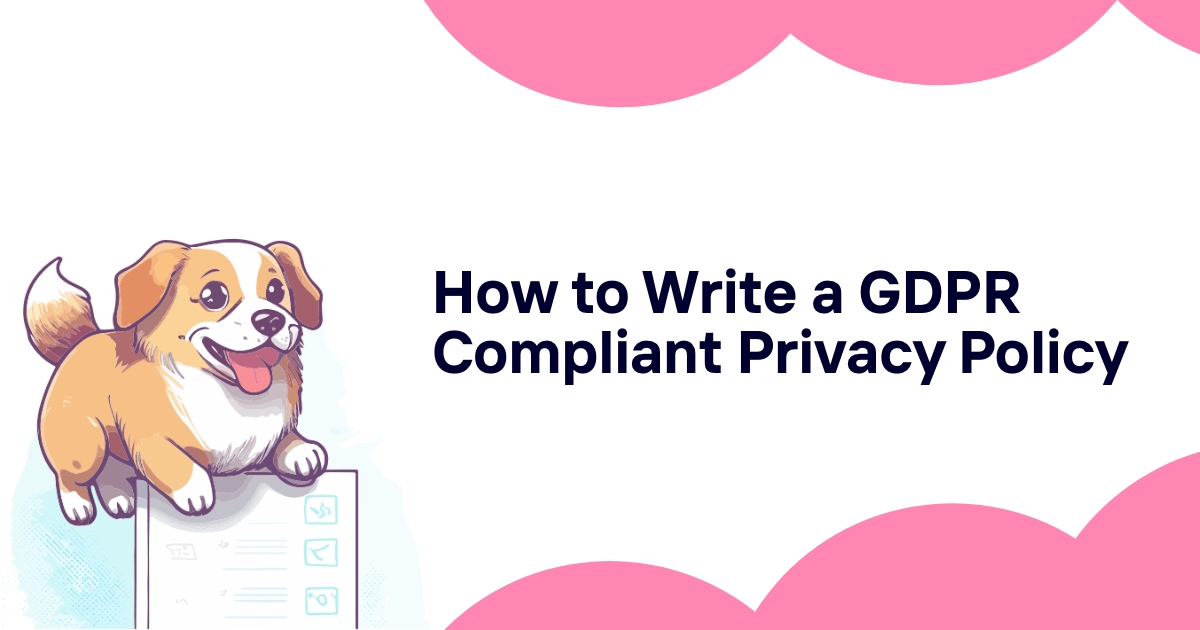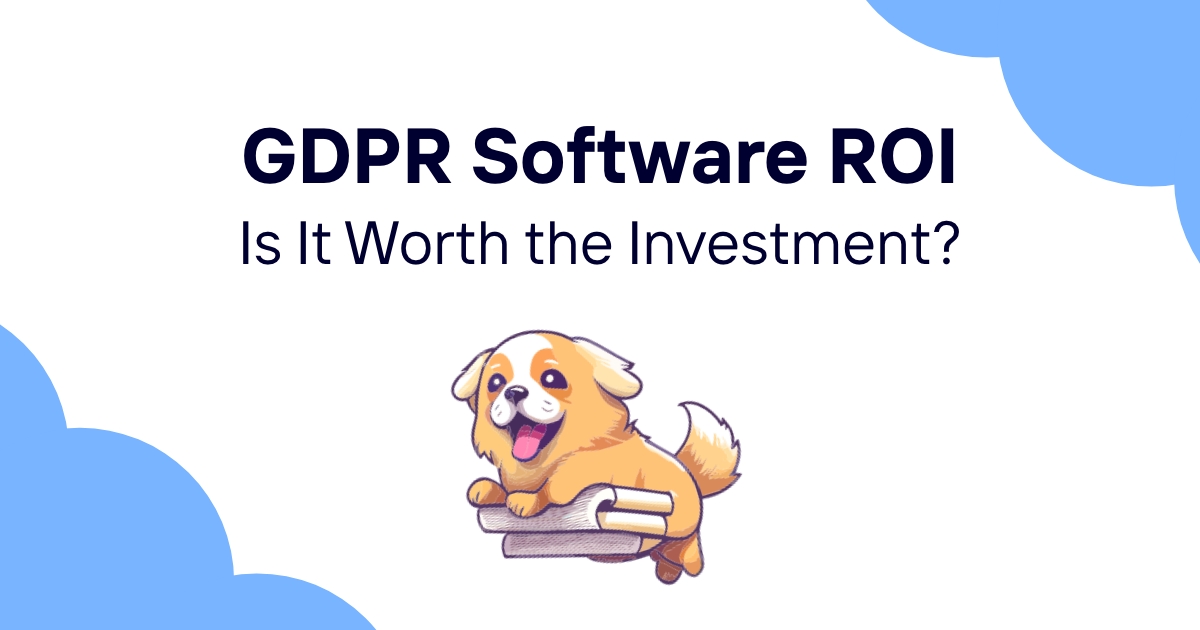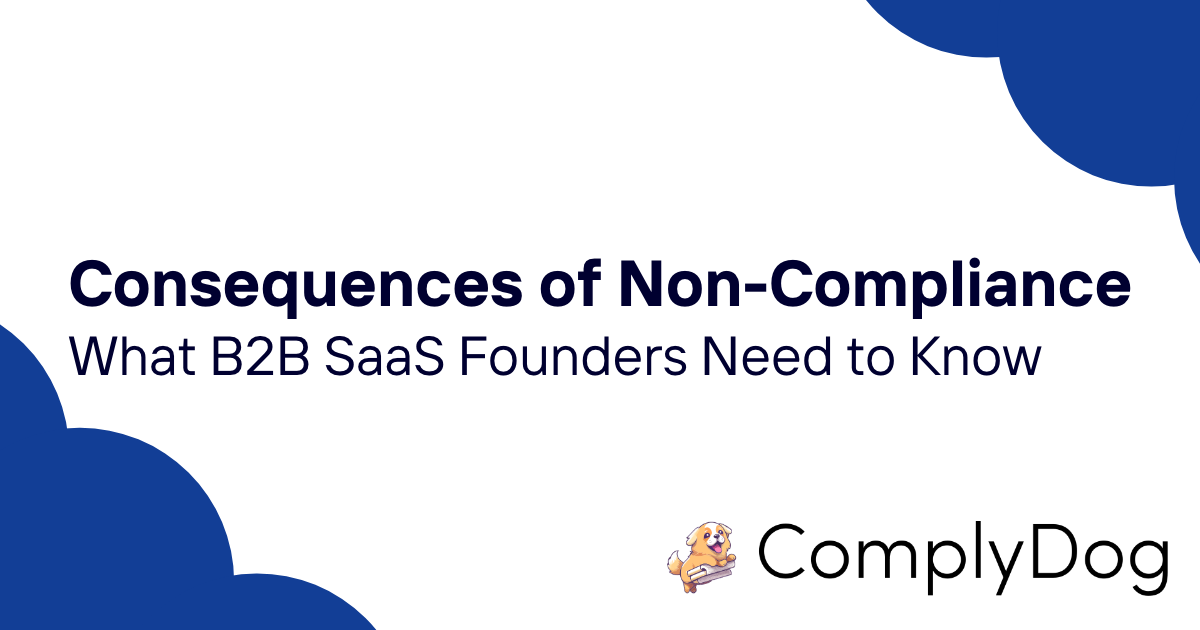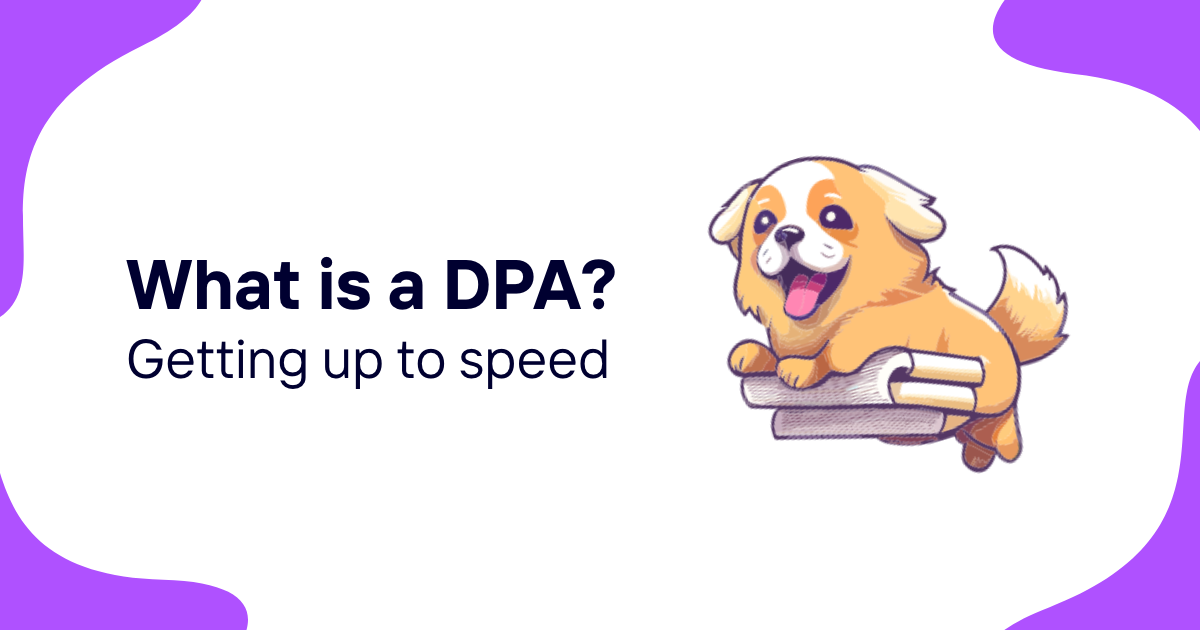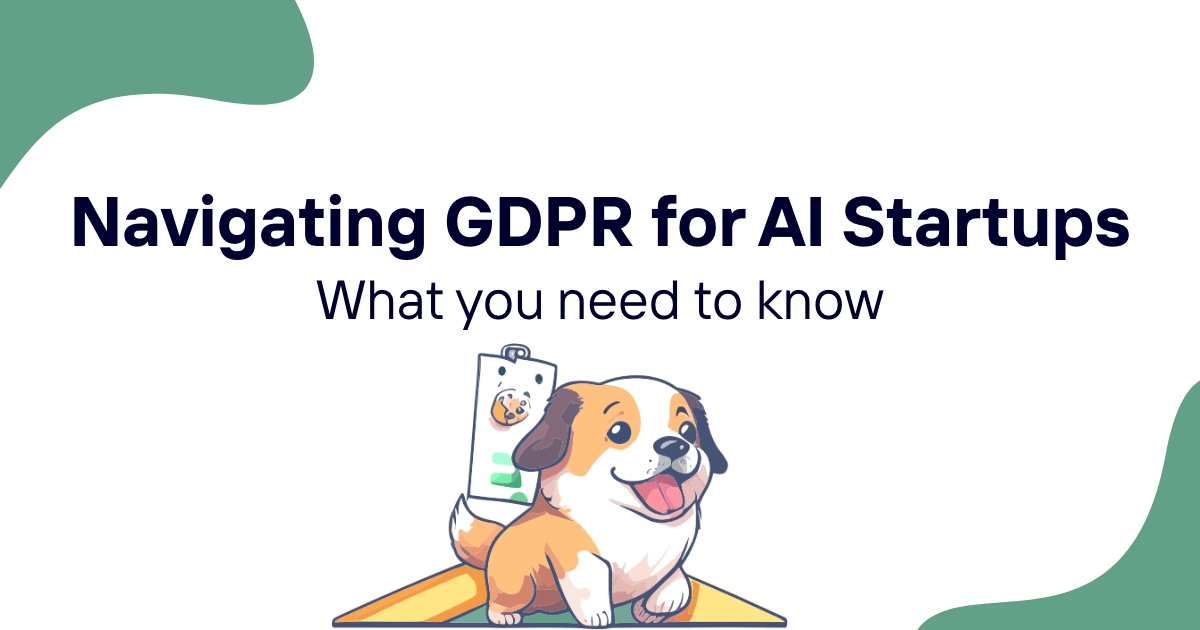Introduction
A well-crafted privacy policy is essential for any business operating in or serving customers from the European Union. With the General Data Protection Regulation (GDPR) setting strict standards for data protection and privacy, organizations must ensure their privacy policies are compliant, transparent, and user-friendly. This comprehensive guide will walk you through the process of creating a GDPR-compliant privacy policy, helping you protect your business and build trust with your customers.
Table of Contents
- Understanding GDPR and Privacy Policies
- Key Elements of a GDPR Compliant Privacy Policy
- Writing Your Privacy Policy: Best Practices
- Structuring Your Privacy Policy
- Legal Requirements and Obligations
- Making Your Privacy Policy Accessible
- Updating and Maintaining Your Privacy Policy
- Common Mistakes to Avoid
- Tools and Resources for Creating a Privacy Policy
- Conclusion
Understanding GDPR and Privacy Policies
The General Data Protection Regulation (GDPR) is a comprehensive data protection law that applies to organizations processing personal data of individuals in the European Union. A privacy policy is a legal document that outlines how an organization collects, uses, processes, and protects personal data. Under GDPR, privacy policies must be clear, concise, and easily accessible to data subjects.
Key principles of GDPR that should be reflected in your privacy policy include:
- Lawfulness, fairness, and transparency
- Purpose limitation
- Data minimization
- Accuracy
- Storage limitation
- Integrity and confidentiality
- Accountability
Understanding these principles is crucial for creating a compliant privacy policy that effectively communicates your data practices to users.
Key Elements of a GDPR Compliant Privacy Policy
To ensure your privacy policy meets GDPR requirements, it must include the following key elements:
-
Identity and contact details: Clearly state your organization's name, address, and contact information, including your Data Protection Officer's details if applicable.
-
Types of personal data collected: List all categories of personal data you collect, such as names, email addresses, IP addresses, and cookies.
-
Purpose and legal basis for processing: Explain why you collect personal data and the legal grounds for processing it (e.g., consent, contractual necessity, legitimate interests).
-
Data retention periods: Specify how long you will keep personal data and the criteria used to determine this period.
-
Data subject rights: Outline the rights of individuals under GDPR, including the right to access, rectify, erase, restrict processing, data portability, and object to processing.
-
Data transfers: Disclose if you transfer data outside the EU and the safeguards in place to protect it.
-
Use of automated decision-making: If applicable, explain any automated decision-making processes, including profiling.
-
Cookie policy: Provide information about the cookies you use and their purposes.
-
Changes to the privacy policy: Explain how you will notify users of any updates to your privacy policy.
-
Complaint procedures: Inform users about their right to lodge a complaint with a supervisory authority.
Writing Your Privacy Policy: Best Practices
When drafting your GDPR-compliant privacy policy, follow these best practices:
-
Use clear and simple language: Avoid legal jargon and technical terms. Write in a way that is easy for the average person to understand.
-
Be specific and comprehensive: Provide detailed information about your data processing activities without being overly broad or vague.
-
Organize information logically: Use headings, subheadings, and bullet points to make the policy easy to navigate and read.
-
Tailor the policy to your audience: Consider your target audience and adjust the language and level of detail accordingly.
-
Be transparent: Clearly explain all aspects of your data collection and processing practices, even if they might be perceived negatively.
-
Provide examples: Use practical examples to illustrate complex concepts or data processing activities.
-
Include a table of contents: For longer policies, include a table of contents to help users find specific information quickly.
-
Use visual aids: Consider using icons, infographics, or tables to present information in a more digestible format.
-
Avoid qualifiers: Steer clear of vague terms like "may," "might," or "some" when describing your data practices.
-
Be consistent: Ensure that your privacy policy aligns with your actual data handling practices and other legal documents.
Structuring Your Privacy Policy
A well-structured privacy policy helps users find the information they need quickly. Consider organizing your policy into the following sections:
-
Introduction: Briefly explain the purpose of the policy and its scope.
-
Definitions: Define key terms used throughout the policy.
-
Information We Collect: List the types of personal data you collect and how you obtain it.
-
How We Use Your Information: Explain the purposes for which you process personal data.
-
Legal Basis for Processing: Outline the legal grounds for processing personal data under GDPR.
-
Data Sharing and Transfers: Describe any third parties you share data with and international data transfers.
-
Data Retention: Explain how long you keep personal data and why.
-
Your Rights: Detail the rights of data subjects under GDPR and how to exercise them.
-
Data Security: Describe the measures you take to protect personal data.
-
Children's Privacy: If applicable, explain how you handle data from minors.
-
Changes to This Policy: Outline how you will communicate updates to the policy.
-
Contact Information: Provide clear contact details for privacy-related inquiries.
Legal Requirements and Obligations
When creating your GDPR-compliant privacy policy, be aware of the following legal requirements and obligations:
-
Transparency: Your policy must be easily accessible, written in clear language, and provide comprehensive information about your data processing activities.
-
Consent: If you rely on consent as a legal basis for processing, explain how users can give and withdraw consent.
-
Data subject rights: Clearly outline all the rights granted to individuals under GDPR and how they can exercise these rights.
-
Data breach notification: Include information about your data breach notification procedures.
-
International data transfers: If you transfer data outside the EU, explain the legal mechanisms you use to ensure adequate protection.
-
Data Protection Impact Assessments (DPIAs): If applicable, mention your DPIA processes for high-risk processing activities.
-
Processor agreements: If you use third-party processors, mention the existence of data processing agreements.
-
Record keeping: Although not directly part of the privacy policy, ensure you maintain records of processing activities as required by GDPR.
Making Your Privacy Policy Accessible
GDPR requires that privacy policies be easily accessible to users. Implement the following practices to ensure accessibility:
-
Prominent placement: Include a clear link to your privacy policy in the footer of your website and app.
-
Multiple access points: Provide links to your privacy policy at various touchpoints, such as during account creation or checkout processes.
-
Layered approach: Consider using a layered privacy policy, with a concise overview and links to more detailed information.
-
Mobile-friendly format: Ensure your privacy policy is easily readable on mobile devices.
-
Multimedia options: Offer alternative formats, such as video explanations or infographics, to cater to different user preferences.
-
Language options: If you operate in multiple countries, provide translations of your privacy policy in relevant languages.
-
Accessibility features: Ensure your privacy policy is accessible to users with disabilities by following web accessibility guidelines.
Updating and Maintaining Your Privacy Policy
A privacy policy is not a static document. Regular updates are necessary to ensure ongoing compliance and accuracy. Follow these best practices for maintaining your privacy policy:
-
Schedule regular reviews: Set up a process to review your privacy policy at least annually or whenever significant changes occur in your data practices.
-
Monitor regulatory changes: Stay informed about updates to GDPR and other relevant privacy laws that may affect your policy.
-
Track internal changes: Implement a system to capture any changes in your data collection or processing practices that may require updates to your policy.
-
Version control: Maintain a record of all versions of your privacy policy, including the dates of changes and summaries of updates.
-
Notify users: Inform users about significant changes to your privacy policy through email, in-app notifications, or prominent website announcements.
-
Obtain fresh consent: If changes materially affect how you process personal data, consider obtaining renewed consent from users.
-
Document review process: Keep records of your policy review and update procedures to demonstrate accountability.
Common Mistakes to Avoid
When creating your GDPR-compliant privacy policy, be aware of these common pitfalls:
-
Using generic templates: Avoid copying generic privacy policies. Your policy should reflect your specific data practices.
-
Overlooking third-party services: Ensure you disclose all third-party services that may access user data through your website or app.
-
Being too vague: Provide specific information about your data practices rather than using broad, catch-all statements.
-
Neglecting user rights: Clearly explain all GDPR rights and how users can exercise them.
-
Ignoring accessibility: Make sure your privacy policy is easy to find, read, and understand for all users.
-
Failing to update: Regularly review and update your policy to reflect changes in your practices or legal requirements.
-
Inconsistent practices: Ensure your actual data handling practices align with what's stated in your privacy policy.
-
Omitting important information: Include all required elements of a GDPR-compliant privacy policy.
-
Using complex language: Avoid legal jargon and technical terms that may confuse users.
-
Not localizing: If you operate internationally, consider providing translated versions of your policy.
Tools and Resources for Creating a Privacy Policy
While it's always best to consult with a legal professional when creating your privacy policy, several tools and resources can assist you in the process:
-
Privacy policy generators: Online tools that create customized privacy policies based on your inputs.
-
GDPR compliance checklist: Use comprehensive checklists to ensure you've covered all necessary aspects of GDPR compliance.
-
Privacy policy templates: Start with a template and customize it to fit your specific needs.
-
Data mapping tools: Software that helps you visualize and document your data flows.
-
Consent management platforms: Tools to manage user consents and preferences in compliance with GDPR.
-
Privacy impact assessment tools: Software to help you conduct and document privacy impact assessments.
-
Official GDPR resources: Refer to official guidance from data protection authorities and the European Data Protection Board.
-
Legal databases: Access up-to-date information on privacy laws and regulations.
-
Privacy seal programs: Consider joining recognized privacy certification programs to demonstrate compliance.
-
Professional associations: Join industry groups focused on privacy and data protection for ongoing support and resources.
Conclusion
Creating a GDPR-compliant privacy policy is a crucial step in protecting your business and building trust with your customers. By following the guidelines outlined in this comprehensive guide, you can craft a clear, transparent, and legally compliant privacy policy that effectively communicates your data practices to users.
Remember that a privacy policy is not a one-time task but an ongoing commitment to data protection and user privacy. Regularly review and update your policy to ensure it remains accurate and compliant with evolving regulations and your business practices.
By prioritizing privacy and transparency, you not only meet legal requirements but also demonstrate your commitment to respecting user data – a valuable differentiator in today's privacy-conscious digital landscape.
If you are struggling to get started, check out this Privacy Policy template that meets the needs of being GDPR compliant. For all things GDPR, don't forget ComplyDog is here to help you get compliant!
